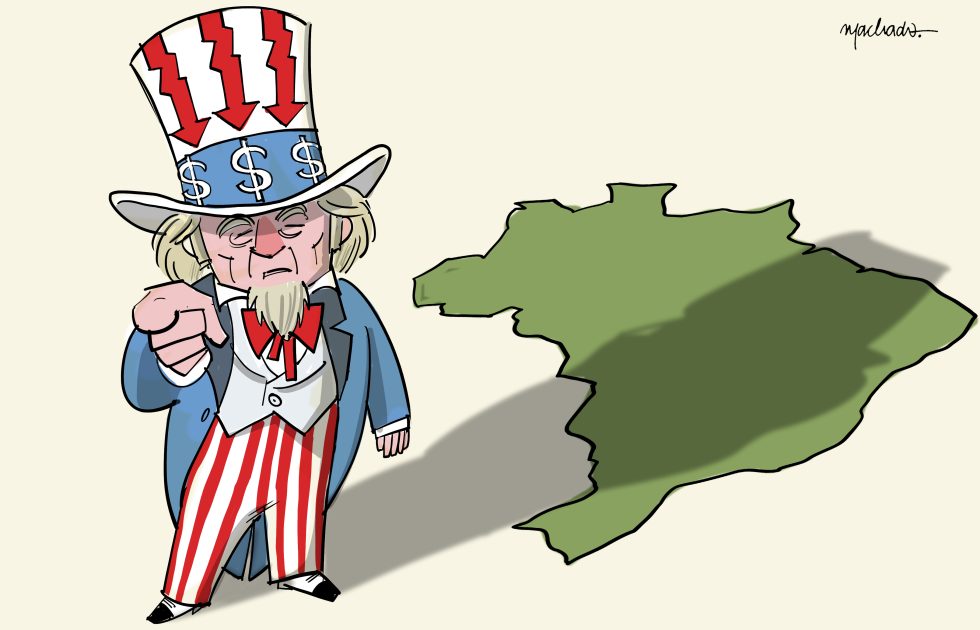
August 5th was a day of pessimism on stock markets around the world. The reason? Figures about the American labor market, which showed that companies were hiring less, raised fears of a recession in the country. The consequence was a global fall in stock markets, including that of Brazil.
Weeks later, on August 20, the Ibovespa, an index that measures the appreciation of the Brazilian stock market, showed a strong increase, reaching a historic high. Again, the main influence was the US, with the expectation of a drop in interest rates there, which could heat up the market here.
Whether booming or busting, the North American influence on the Brazilian economic scenario is strong. “There are two factors that explain this relationship: one commercial and the other financial”, explains Mauro Rochlin, coordinator of the MBA in strategic and economic business management at Fundação Getulio Vargas.
The commercial factor has to do with exports and imports. The US is a relevant trading partner: 15% of everything Brazil sells abroad goes to North American territory. “What we export to the US are more expensive products, with high added value, such as steel”, says Rochlin. “It’s different from soy, corn and coffee, which are not industrialized.”
The financial factor is more relevant and has to do with the North American interest rate. “Everyone who buys a bond is interested in earning interest, and the higher the rate, the more interested buyers will be,” states Rochlin. “What happens with the interest rate there, therefore, has a tremendous influence on other countries.”’
US interest rates x Brazilian exchange rate
This influence happens because other nations also sell their debt securities. There is, therefore, an international market, in which competitors compete for the attention — and dollars — of investors.
When the interest rate is very low in the US, generating a smaller gain, investors are willing to invest in higher risk countries, such as Brazil, in exchange for more profitability. When interest rates are high in the US, however, investors tend to prefer to place their money in the North American market.
To buy the bonds, the investor needs dollars. To do this, they purchase the currency in their own country, and the greater demand affects the exchange rate, making the dollar more expensive.
The exchange rate variation, in turn, impacts the local economy. When the dollar has a higher value, imports become more expensive (the purchase of foreign inputs is paid in dollars), increasing the price of products that depend on these items, such as gasoline, medicine and even bread.
| WHAT HAPPENS IN BRAZIL WHEN… -The interest rate in the US goes up The dollar goes up. Imports (paid in dollars) of inputs become more expensive. The price of products such as gasoline, medicines and bread, produced with imported items, can go up. – The interest rate in the US falls The dollar falls. Imports (paid in dollars) of inputs become cheaper. The price of products such as gasoline, medicines and bread, produced with imported items, can fall. |








